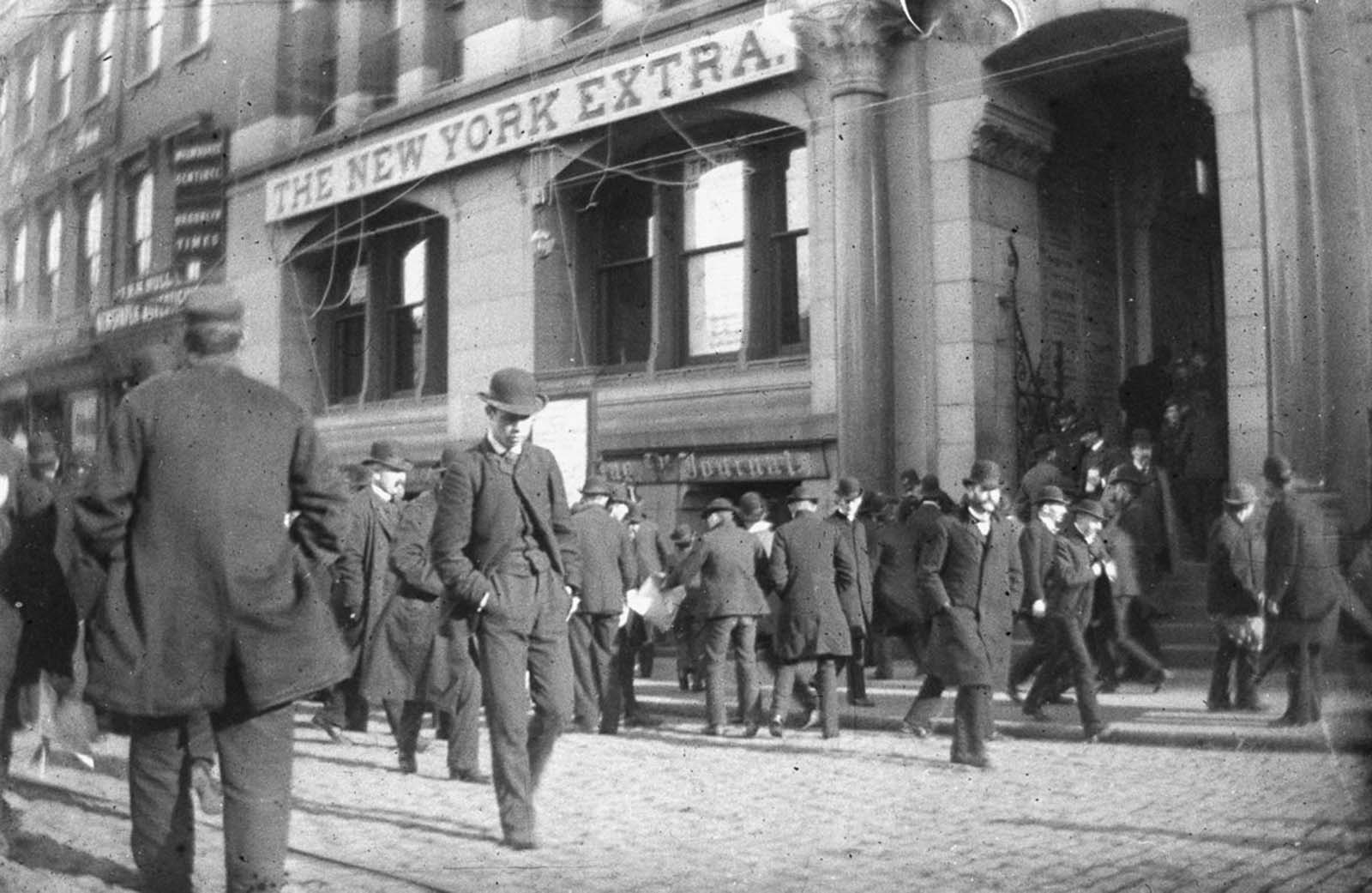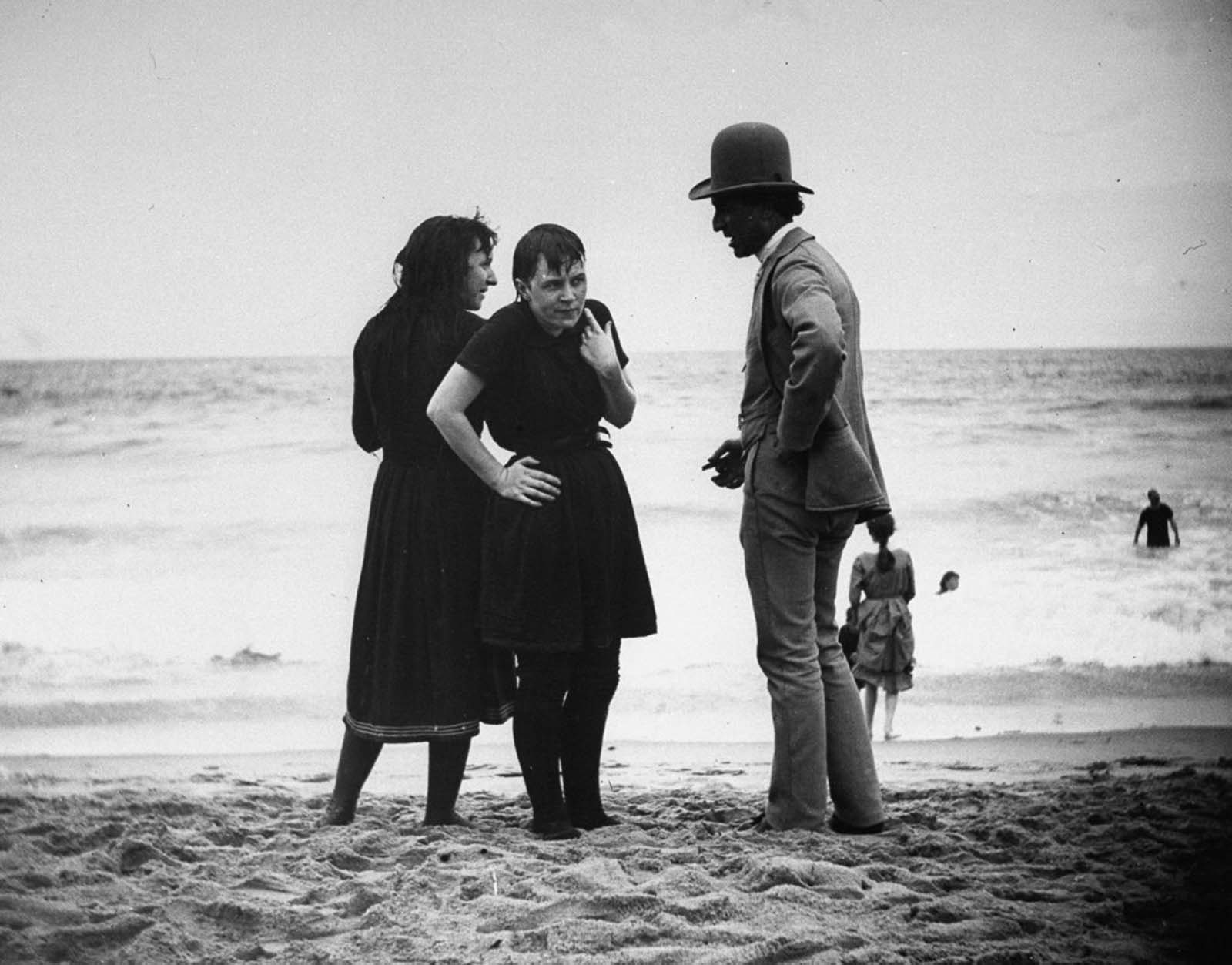The street scenes and everyday life of New York City by Wallace G. Levison, 1880-1900

These stunning photos show what New York City looked like in the 1880s and 1890s. The images depict city streets that never sleep, the thronging crowds of Manhattan, the swimmers on Coney Island, and the everyday lives of people.
Wallace G. Photographs were taken by Levison, a chemist, inventor and lecturer who founded the mineralogy and astronomy departments at the Brooklyn Institute of Arts and Sciences in the late 19th century. He used the new photographic technology as both a scientific tool and a recreational activity.
New developments in photography allowed pictures to be taken with faster and faster shutter speeds. And you can tell, the photographer was obsessed with motion and delighted with freezing actions that previously could only be recorded as blur.

Economic growth and population growth radically changed the face of New York City. Noise, traffic jams, slums, air pollution and sanitation and health problems became common. Mass transit in the form of trolleys, cable cars and subways were built, and skyscrapers began to dominate the skyline.
New communities known as suburbs began to form just outside the city. Commuters, who lived in the suburbs and traveled in and out of the city for work, began to increase in number.
Many of the city dwellers lived in rented apartments or tenement housing. Neighborhoods, especially for immigrant populations, were often the center of community life. In the enclave neighbourhood, several immigrant groups attempted to maintain and practice precious customs and traditions.






No comments: